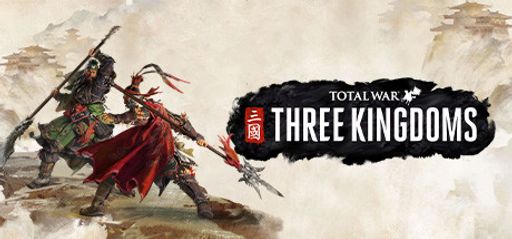As someone who loves exploring every part of a game, I jumped into Total War: Three Kingdoms and was excited by how it brings ancient China to life while testing your strategy skills. Made by Creative Assembly and SEGA, this game mixes turn-based campaigns with big real-time battles. It looks amazing and offers a tough—but rewarding—challenge if you want to build an empire.
Combined Campaign and Real-Time Strategy
Right away, Total War: Three Kingdoms grabs your attention by blending a turn-based campaign map with real-time battles. You pick one of 12 famous warlords, and each choice feels different. You’ll be thinking about diplomacy and running your settlements in the campaign map, then jump into large battles where you control your units for real-time action. This mix of making deals, gathering resources, and leading armies is what makes the game stand out. It adds so much depth that you’ll find yourself planning several moves ahead.
On top of managing your own kingdom, you need to grow it by recruiting officers, forging alliances, or sometimes deciding between betrayal and loyalty. So you’re not just moving armies—you’re also juggling politics and economics to build a lasting empire.

Dynamic Character Interrelationships
Additionally, the inclusion of the Guanxi system, where dynamic interrelationships among characters play a pivotal role, shifts how storylines develop and adds fresh complexity to the gameplay. Each character, with their distinctive personality and motivations, brings life to the narrative. Consequently, your decisions become even more impactful.
Visual and Artistic Excellence
Visually, Total War: Three Kingdoms is stunning. The landscapes, ranging from lush subtropics to arid deserts and snow-capped mountains, are beautifully recreated. The UI is clean and artistically aligned with Chinese-inspired artwork. This makes the aesthetic experience as compelling as the gameplay itself. The attention to detail is remarkable, clearly reflecting the care invested in recreating the essence of ancient China.

Historical Narrative Depth
Set in 190 CE, during the Romance of the Three Kingdoms, the historical backdrop provides fertile ground for storytelling. The inclusion of legendary historical figures, each with unique objectives and relationships shaped by your actions, heightens the narrative depth. The characters feel alive, and their interplay adds another layer of strategic depth. Do you foster strong alliances, or do you opt for treachery and manipulation? Your choices profoundly impact the course of your campaign.
Character-Driven Gameplay
One of the strongest aspects of Total War: Three Kingdoms is its character-driven gameplay. Each hero adds depth and strategy, making your decisions feel significant. The Guanxi system is not just a gimmick; it genuinely enhances the narrative and strategic elements of the game.

Steep Learning Curve
However, the game does have shortcomings. The complexity, while a joy for completionists like me, can overwhelm newcomers to the genre. The steep learning curve might deter some players who are unprepared for the extensive time investment required to master the mechanics.
Conclusion
In conclusion, Total War: Three Kingdoms excels in blending grand strategy with rich historical narrative and complex character dynamics. For completionists, it’s a dream come true – a game that demands your full attention and rewards painstaking effort with a truly immersive experience. Despite a challenging learning curve, the game’s strengths make it a standout title in the Total War series and a must-play for anyone who appreciates depth in strategy games.

Rating: 4 out of 5 stars
Almost perfect, with amazing depth and character-focused gameplay. New players might find it tricky at first, but if you stick with it, you’ll find a strategy paradise.

